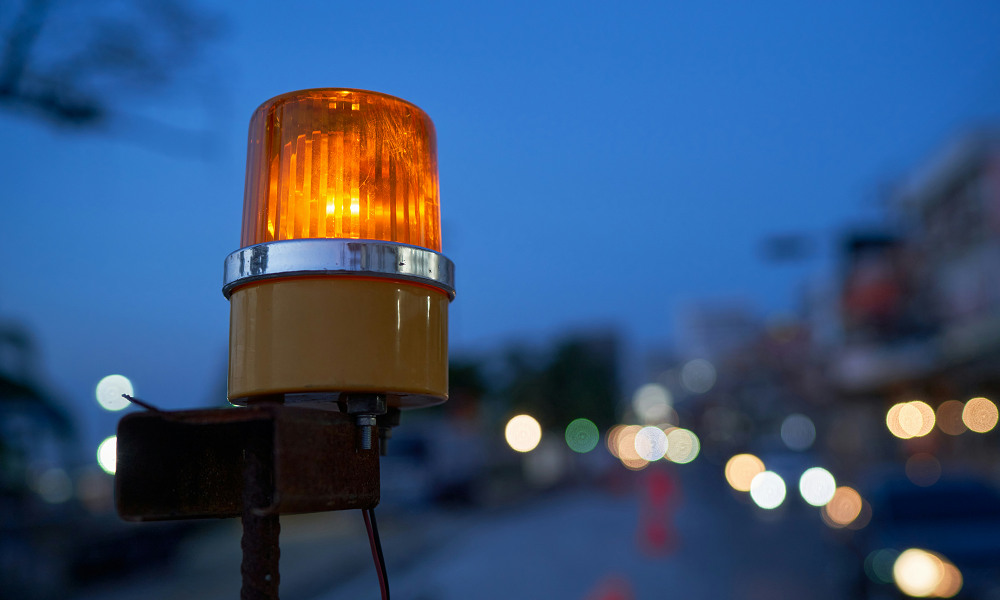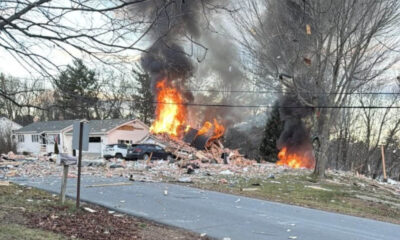Reviews
Court Decision Spotlights Ongoing Struggles in Construction Workers’ Compensation Claims

A recent verdict in the case of Waldy Quinones Garcia v. Monadnock Construction, Inc. has intensified discussions around the serious obstacles faced by injured construction workers when attempting to claim compensation. The decision brings attention to inefficiencies and unfair practices in the workers’ compensation system—particularly delays, denials, and the overwhelming financial burden placed on laborers recovering from workplace injuries.
Construction: The Nation’s Most Dangerous Workplace
The construction sector remains one of the most hazardous industries in the United States. In 2023, it led all others in fatalities, with 1,075 worker fatalities recorded. Of these, 39.2% resulted from slips, trips, or falls, with most fatal incidents involving falls from 6 to 30 feet—a clear indicator of the daily risks laborers face on job sites. While fatal accidents are deeply concerning, nonfatal incidents are just as impactful. In 2020 alone, the industry experienced 174,100 nonfatal injuries, many of which caused workers to miss weeks or months of work due to long recovery periods or permanent disabilities.
A Complicated and Unequal System
Despite being entitled to protection under workers’ compensation laws, many injured construction workers struggle to receive the benefits they are owed. Statistics show that Only 70% of eligible injured construction employees ever file for workers’ compensation. The reasons include fear of retaliation from employers, legal confusion, and overly complex claim procedures that discourage rightful applicants.
The process has only become harder in recent years. Between 2018 and 2022, Denied workers’ compensation claims increased by 20%. These rejections leave many injured individuals without financial support during the most critical time—when they are physically unable to work and need treatment. The average cost of a medically treated injury in construction is a staggering $42,000, making delayed or denied claims a major financial risk for workers and their families.
Legal Impact of the Garcia Case
The Garcia ruling marks a significant legal milestone. It formally recognizes that the current compensation system contains structural flaws that limit access to justice for injured construction workers. Moreover, the case underlines the growing importance of third-party liability lawsuits, offering injured individuals another path to pursue financial relief, particularly in instances where outside contractors or faulty equipment play a role in the injury.
Legislative Response and Ongoing Advocacy
Legal advocates, including those at Levine & Wiss, are using the Garcia case to push for broader change. A firm representative shared the following:
“This ruling brings long-overdue attention to the legal and procedural hurdles construction workers face. With legal reforms like the Justice for Injured Workers Act now in place, we believe real progress can be made.”
The Justice for Injured Workers Act (JIWA), enacted in 2022, is an important piece of legislation aimed at resolving many of the issues the ruling highlights. The law’s key objectives include:
Reducing processing delays so injured workers aren’t left waiting for financial help.
Providing better legal safeguards against retaliation and unjustified claim denials.
Enhancing accountability for employers who violate safety standards or engage in negligence.
While JIWA has laid important groundwork, experts stress that consistent enforcement and expansion of such policies across all states is crucial to protecting vulnerable workers in all regions of the country.
The Toll of Workplace Injuries
The annual economic impact of workplace injuries in construction is over $13 billion, factoring in medical treatment and lost productivity. However, the human cost is even more devastating. Injured workers often experience chronic pain, emotional distress, and serious financial insecurity as a result of workplace accidents.
With the Garcia decision and the implementation of JIWA, there’s renewed momentum toward correcting these imbalances. These efforts not only push for justice in individual cases but also advocate for a broader cultural and legislative shift in how injured workers are treated.
The Path Ahead
Efforts must continue to simplify the compensation process, enforce stronger workplace safety laws, and protect injured employees from bureaucratic or retaliatory obstacles. As long as construction remains a high-risk profession, organizations like Levine & Wiss play a vital role in standing up for workers’ rights and pushing for overdue reform.
To explore your rights or learn more about compensation options after a construction injury, visit Levine And Wiss’s research page.

-

 World1 week ago
World1 week agoEthiopian volcano erupts for first time in thousands of years
-

 Health2 days ago
Health2 days ago8 kittens die of H5N1 bird flu in the Netherlands
-

 Legal7 days ago
Legal7 days agoUtah Amber Alert: Jessika Francisco abducted by sex offender in Ogden
-

 US News6 days ago
US News6 days agoExplosion destroys home in Oakland, Maine; at least 1 injured
-

 Health7 days ago
Health7 days agoMexico’s September human bird flu case confirmed as H5N2
-

 Legal3 days ago
Legal3 days ago15 people shot, 4 killed, at birthday party in Stockton, California
-

 World7 days ago
World7 days agoWoman killed, man seriously injured in shark attack on Australia’s NSW coast
-

 US News2 days ago
US News2 days agoFire breaks out at Raleigh Convention Center in North Carolina




